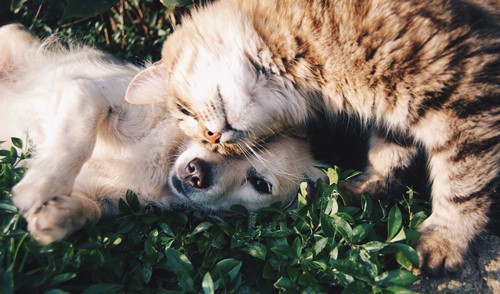Email: [email protected]

Photo by Free-Photos via Pixabay
Plants can enhance the look and feel of your home, and some can even improve your indoor air quality. But if you have pets, you need to be selective about the plants you bring into your home. Choosing the right plants allows you to enjoy a lush indoor herb garden or a striking bowl of succulents without worrying about your pet's health. Choose one of the plants below to ensure you can beautify your space risk and worry-free.
There are plenty of plants that are hazardous to pets and that should be enjoyed in another setting, not your home. Check any plant you are considering bringing home for pet-friendliness -- and avoid the plants below; these are considered dangerous to animals:
Choosing the right plants lets you enjoy the benefits of greenery indoors, without risk; choose from the first list above to ensure you add a colorful accent to your home without worrying about your pet's health. If you're not sure about a plant, check the ASPCA list of toxic plants to ensure the pieces you bring into your home are truly safe.

You don’t need to do this alone. I am bilingual in English and Spanish, and I have been in the industry for over 20 years, after earning my degree in Business Management and successive studies in Human Resources and Technology. Never content to let my education lapse, I also received a certification in Negotiation Skills from Pepperdine University and attended courses at Stanford University. A leader in the field, I am a member of the Santa Clara Board of Realtors and served as a professional standards ombudsman for 8 years. I completed a term as the President of the National Hispanic Organization of Real Estate’s Santa Clara chapter in 2016, now serving as this organization’s National Vice President. I pursued additional in-depth training to achieve professional designations as an ABR (Accredited Buyer’s Representative), CRS (Certified Professional Specialist), and SRES (Seniors Real Estate Specialist), GREEN certification, and RCS-D (Divorce Real Estate Specialist). Far from being a meaningless alphabet soup, this demonstrates how proactive I am in pursuing the latest knowledge so that I completely prepared to satisfy all my sellers' and buyers' unique needs. I am committed to Excellence!